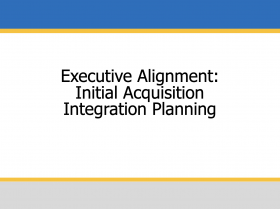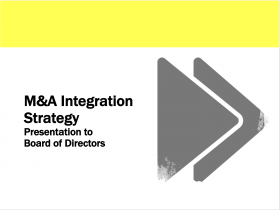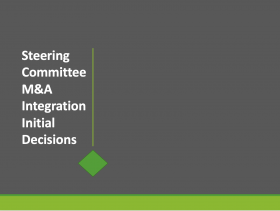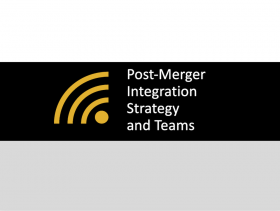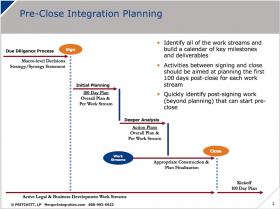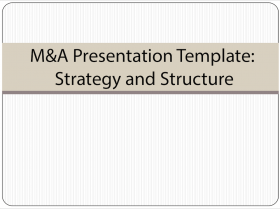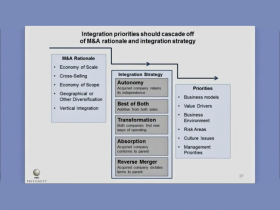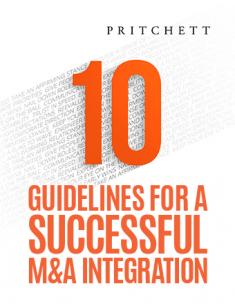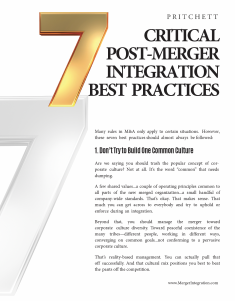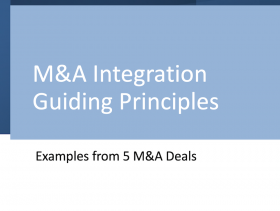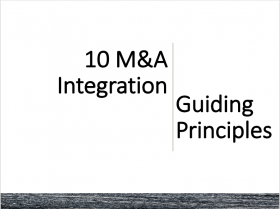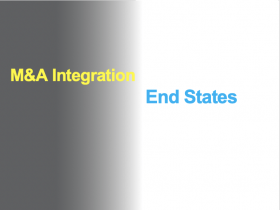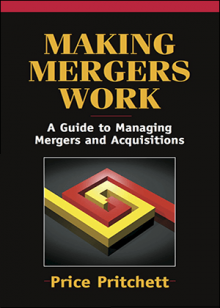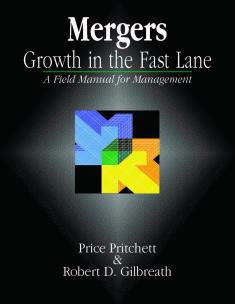Initial Decisions
Best Practices
Guiding Principles
End States
M&A Integration Books
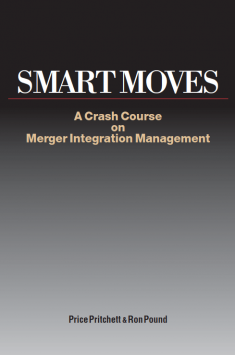
Smart Moves: A Crash Course on Merger Integration Management
Smart Moves, by Price Pritchett, lays down the ground rules and the guiding principles that will improve your odds for integration success.
Learn—
- How to avoid the 50% drop-off in productivity that routinely occurs
- Techniques for retaining key talent
- Why you must cut the typical high-risk transition/integration period in half
- Ways to minimize employee resistance
- Why merger management should start before the deal is closed
- How to handle the crucial task of “soft due diligence”
- The true priorities that deserve your energy and attention
- Why the first word in merger is “me”
...plus more extremely valuable coaching points designed to help you protect the “3 P’s”—productivity, people, and profits.



